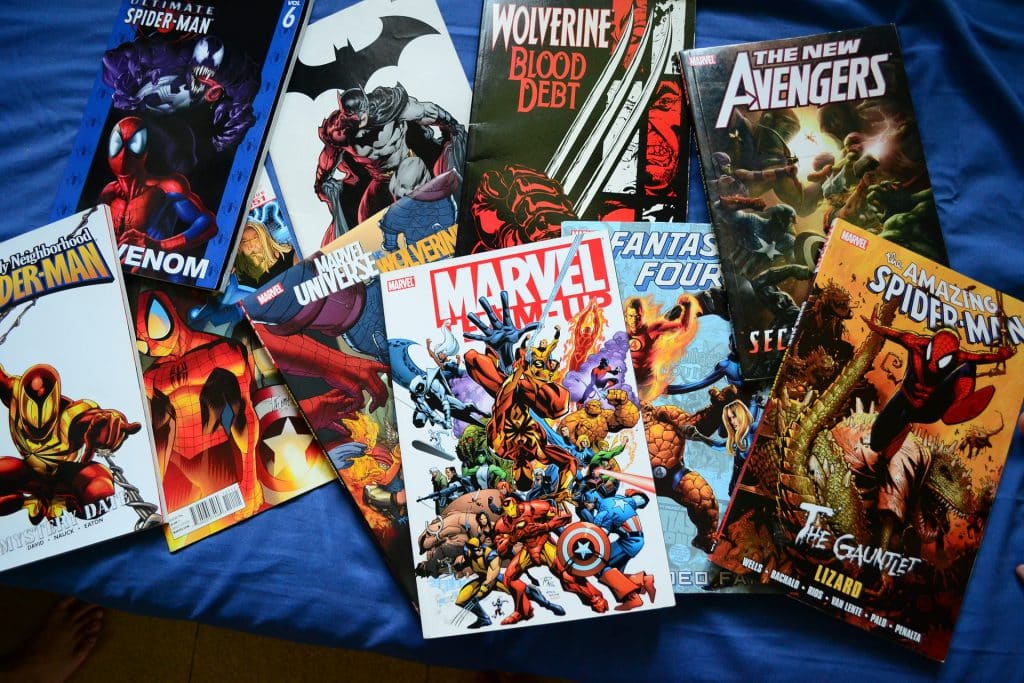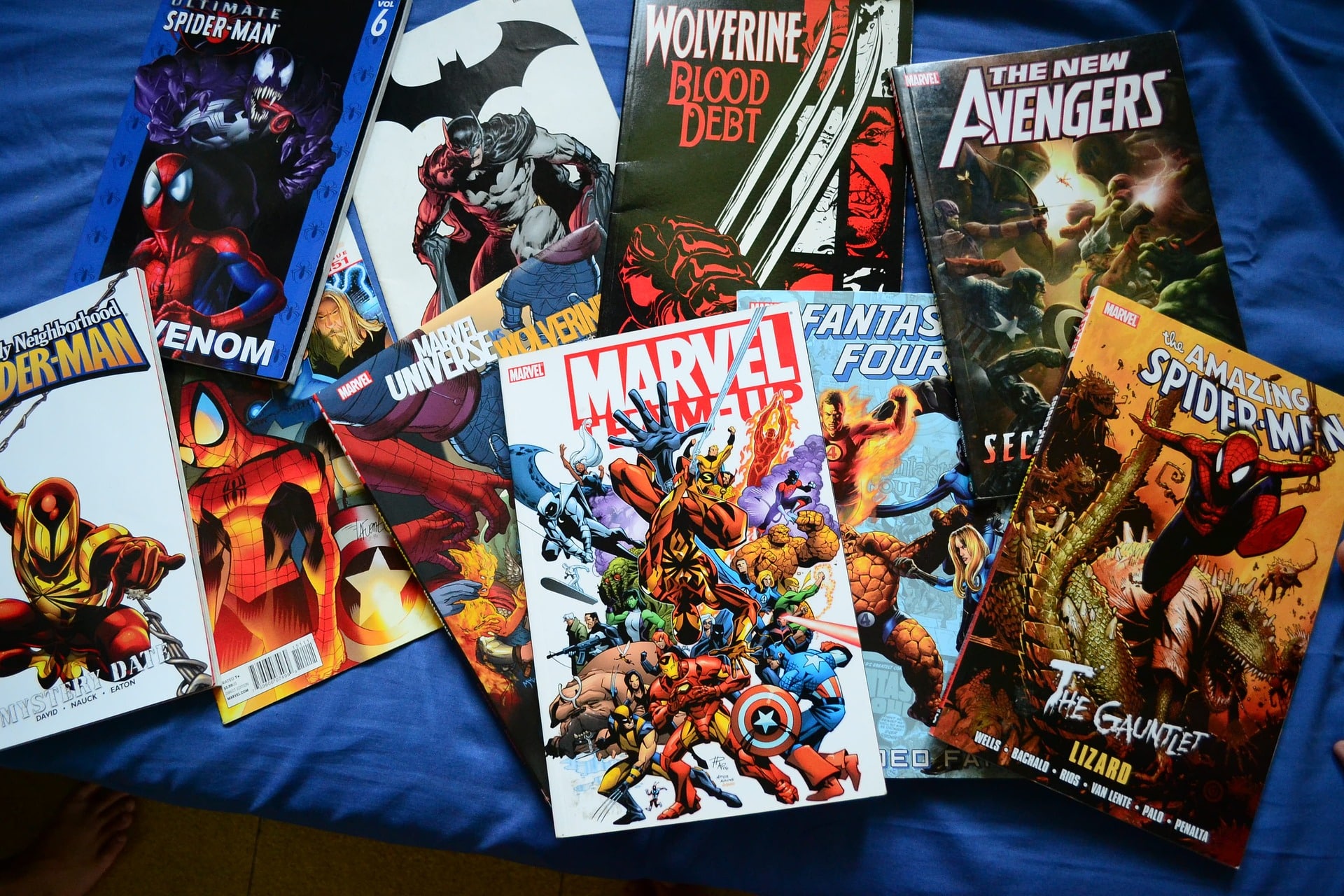
Who is really doing more violence, the heroes or the villains?
Joshua Boulet, Staff Writer
The heroes and the villains. The “good guys” and the “bad guys”. The protagonists and the antagonists. All of these are familiar terms to anybody watching most superhero movies. With millions of dollars of earnings and millions of watchers, movies such as “Avengers: Infinity War,” have to make sure they please their audiences. However, that usually ends up meaning more action scenes.
In a report released by CNN, it details that superheroes are doing more violence than supervillains. Specifically, it looks at the movies, “Suicide Squad;” “Batman: The Killing Joke;” “Teenage Mutant Ninja Turtles: Out of the Shadows;” “X-Men: Apocalypse;” “Captain America: Civil War;” “Batman v. Superman: Dawn of Justice;” “Deadpool;” “Fantastic Four;” “Ant-Man” and “Avengers: Age of Ultron.”
Between all of these movies, they found startling amounts of violence. John Muller, the lead researcher, elaborated, “We actually found the protagonists were performing a greater amount of violence per hour than the antagonists. Protagonists were performing 22.7 violent events per hour, while the antagonists, or bad guys, were performing 17.5 events per hour.”
For reference, that means the heroes are committing 1.3 percent more violent events per hour than the villains. In total, there were 2,191 acts from heroes and 1,724 for the villains. The acts were broken down into categories, the most common of which was fighting in which the heroes committed 1,021 vs the villains 599.
There were several other categories, but the heroes had more violent acts in almost all of them. All of them, except bully/torture where the villains committed 237 compared to the heroes’ 144.
Violence and superheroes have gone hand in hand for ages. Bridget Conley from the World Peace Foundation wrote about “Theories of Violence from Superhero Blockbusters.” She references some similar ideas, but does admit she can enjoy superhero movies. When referring to “Logan,” she explained how the violence in that movie is portrayed, “It asserts that the good guys may still be good and the bad guys bad, but the violence between them ends up harming countless people who simply deserved better.” She sees the movie as the sort of “logical conclusion” of violence in superhero films.
Naturally, some are concerned about the effect these heroes have on children. If superheroes are role models, then it can be scary to consider that they are more violent than those they fight. Usually the heroes are fighting with good cause, but the violence can affect young children. Many parents will let their young children watch these violent films without consideration for the amounts of violence from the movies.
Micah Stevens, history major, explains that he believes “the villains definitely. With heroes, they can cause a lot of wanton destruction. Looking over at the Hulk and Superman. Thanks a lot Superman. But there are a lot of times where heroes try to minimize the damage villains do.” Stevens expressed that he was somewhat surprised of the research done by CNN, but could see how those statistics could come about.
Michael Floyd, freshman, expressed that “generally the protagonists, because they’re the ones with more screen-time.”
Victoria Campbell, art major, agreed that “generally it’s actually the protagonists. They cause more damage trying to save things than actually saving them.”
After explaining the CNN article to them, Victoria elaborated that “[she] thinks they need to be less careless. It’s that they’re being careless in their actions and that is causing more violence.” Michael felt that it depended on the age rating, “because some parents are stupid enough to bring their kids to PG-13 and R rated movies that are made specifically as violent movies as opposed to kid movies. Although, kid movies can have a lot of violence and death.”
Back to the CNN article, Brad Bushman, a communication and psychology professor, had some insight on the topic. “It’s troubling to me that the perpetrators of the violent acts are the good guys, because that communicates the idea that aggression is justifiable as long as it’s committed by a good guy.” He also exposited, “We know that children are strongly influenced by media characters, they think they are cool, and they’re likely to imitate their behavior.”
Studies such as these may act as a call to action for movie studios. Or, maybe they won’t do anything at all. Only time will tell.

